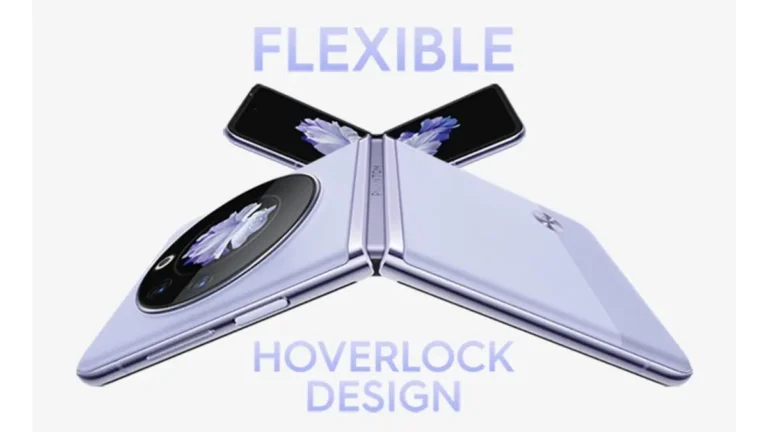Leftover cooking oil is powering electric vehicle chargers. Here’s how

The Nullarbor region in Australia, a vast expanse of treeless plain spanning 684 miles between South and Western Australia, has not been a preferred route for electric vehicle (EV) drivers due to the absence of fast-charging infrastructure. However, a solution has emerged in the form of a fast-charging point fueled by discarded cooking oil.
Retired engineer Jon Edwards developed and installed this innovative charging point at the Caiguna Roadhouse, strategically positioned in the heart of Nullarbor. The charging station sources its power from leftover cooking oil obtained from restaurants using deep fryers.

Traditionally, charging EVs for long distances in the Nullarbor region has been a time-consuming process, taking between four to six hours using outdated AC chargers. The introduction of cooking oil-powered refueling points is set to significantly reduce this charging time to just a few minutes. According to Edwards, “With this charger, you’ll be able to grab a burger and a coffee and have a read of a paper, and by that time, you’re ready to go.”
The implementation of this fast-charging option is anticipated to attract more electric vehicles to traverse the Nullarbor plains. Currently, the region sees minimal electric vehicle traffic, making it financially unviable for businesses to establish fast-charging stations.

Edwards claims that the leftover “biofuel” used in the fast-charging generator is carbon-neutral, although this assertion is subject to debate. Despite the controversy, experts suggest that cooking oil-based fuel is comparatively less polluting than conventional fuels like diesel. This innovative approach not only addresses the charging needs of EVs in remote regions but also introduces a sustainable and potentially eco-friendly solution to enhance the appeal of electric vehicles in challenging terrains.





